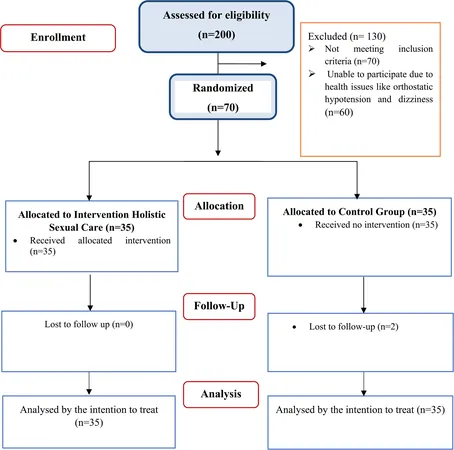
Dallas Survey Signals a Silver Lining in the Oil & Gas Industry
2025-01-02
Author: Benjamin
In a welcome change of pace, the latest Energy Survey by the Dallas Federal Reserve indicates a positive shift in the oil and gas sector after a challenging year. The business activity index, which tracks activity levels, jumped from -5.9 in the third quarter to a promising 6.0 in the fourth quarter. Notably, the company outlook index saw a remarkable increase of 19 points, moving from -12.1 to 7.1—a strong signal of renewed optimism among industry players. Moreover, the outlook uncertainty index dropped significantly by 26 points to 22.4, suggesting growing confidence in future market conditions.
Despite the encouraging indicators, there's a slight downturn in oil production. The oil production index slid from 7.9 to 1.1, highlighting that output levels remained fairly stable during this period. Conversely, the natural gas production index saw an uptick, improving from -13.3 to -3.5, suggesting a small easing in gas production declines.
On a national scale, crude oil production in the contiguous U.S. (Lower 48 states) reached an impressive 11.3 million barrels per day (b/d) in November 2024—marking a 3% year-on-year increase. This surge in production has been achieved despite a decrease in active drilling rigs across several of the main producing regions, primarily due to enhanced operational efficiencies that allow companies to maximize output with fewer resources.
Adding to the complexity of the production landscape, U.S. natural gas production from shale formations is experiencing a notable downturn. In the first nine months of 2024, production from these formations dropped for the first time since 2000, declining by about 1% to 81.2 billion cubic feet per day (Bcf/d) compared to the same stretch in 2023. However, overall U.S. dry natural gas production saw a 6% boost, reaching 22.1 Bcf/d.
This downturn in shale gas production was largely attributed to lower natural gas prices early in the year, prompting many producers to scale back their output. In particular, the Haynesville and Utica regions faced significant reductions, with shale gas production falling 12% (1.8 Bcf/d) in Haynesville and 10% (0.6 Bcf/d) in Utica year-on-year. Meanwhile, the Permian play experienced a promising 10% increase in production (1.6 Bcf/d), and the Marcellus play, the nation's leader in shale gas output, remained stable without any significant changes.
As the oil and gas industry positions itself for a recovery, stakeholders are cautiously optimistic about the future amid ongoing shifts in production and pricing dynamics. With the geopolitical landscape constantly evolving, including the impact of electric vehicle adoption and global hiring pushes from major players like Exxon and Chevron, the industry must navigate these waters carefully to maximize growth opportunities in 2025 and beyond.









 Brasil (PT)
Brasil (PT)
 Canada (EN)
Canada (EN)
 Chile (ES)
Chile (ES)
 Česko (CS)
Česko (CS)
 대한민국 (KO)
대한민국 (KO)
 España (ES)
España (ES)
 France (FR)
France (FR)
 Hong Kong (EN)
Hong Kong (EN)
 Italia (IT)
Italia (IT)
 日本 (JA)
日本 (JA)
 Magyarország (HU)
Magyarország (HU)
 Norge (NO)
Norge (NO)
 Polska (PL)
Polska (PL)
 Schweiz (DE)
Schweiz (DE)
 Singapore (EN)
Singapore (EN)
 Sverige (SV)
Sverige (SV)
 Suomi (FI)
Suomi (FI)
 Türkiye (TR)
Türkiye (TR)
 الإمارات العربية المتحدة (AR)
الإمارات العربية المتحدة (AR)